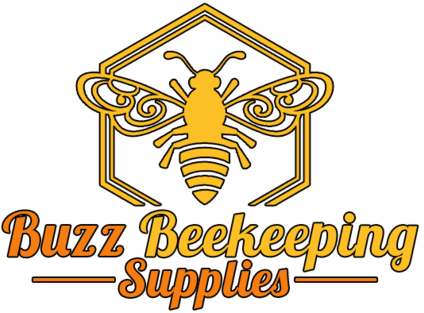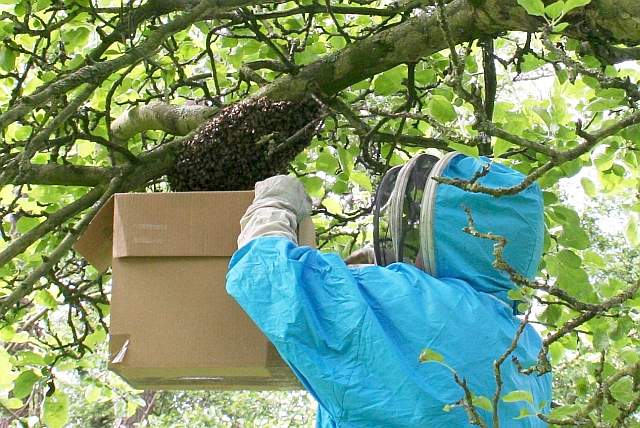Russian Honey Bees

Russian Bees – Russian Honeybee Breeder
Hybrids vs. Pure (certified) Russians: As with any strain of honey bee, Russians will interbreed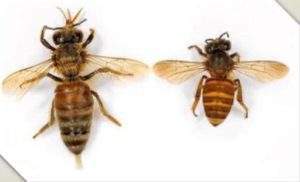 with other strains of honey bees, which results in hybrids that have the characteristics of both strains. While designed and tested hybrid breeding programs take advantage of useful hybrid vigor, uncontrolled hybrids often display undesirable hybrid vigor; they may have increased aggressiveness, reduced honey production and a decrease in their ability to withstand mites and detrimental expressions of other traits as well. “Russian honey bees” and Russian hybrids are advertised for sale by non-RHBA members. There is very little chance these so-called “Russians” are pure bred and they are unlikely to have the exceptional characteristics of pure-bred Russian honey bees.
with other strains of honey bees, which results in hybrids that have the characteristics of both strains. While designed and tested hybrid breeding programs take advantage of useful hybrid vigor, uncontrolled hybrids often display undesirable hybrid vigor; they may have increased aggressiveness, reduced honey production and a decrease in their ability to withstand mites and detrimental expressions of other traits as well. “Russian honey bees” and Russian hybrids are advertised for sale by non-RHBA members. There is very little chance these so-called “Russians” are pure bred and they are unlikely to have the exceptional characteristics of pure-bred Russian honey bees.
Russian queens from certified members of the Russian Honey Bee Breeders’ Association (RHBA) members are not hybrids. Rather, they are pure bred from a broadly based closed breeding population selected for resistance to varroa and increased honey production. They are bred and DNA tested to be genetically pure Russians. As such, their traits are those which they were bred for by the USDA Bee Laboratory in Baton Rouge from queens imported from Russia and continue to be improved by the combined efforts of the Russian Bee Breeders Association. The RHBA is the sole owner of the Pure Russian Honey Bee Stock for breeding purposes. RHBA members sell only pure-bred Russian honey bees selected for resistance to varroa mites and superior honey production.
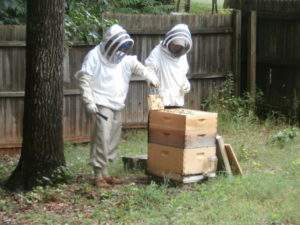 RHBA currently has 17 lines of Russian genetic stock. RHBA members are assigned two lines each to select and propagate. Lines belong either to a white, blue or yellow block and inbreeding is prevented by having members of each block provide queens each year from his two lines to members in the other two blocks. These queens are used to establish drone source hives to produce drones to mate with queens of each member’s two lines. This prevents inbreeding and maintains genetic diversity among the 17 lines.
RHBA currently has 17 lines of Russian genetic stock. RHBA members are assigned two lines each to select and propagate. Lines belong either to a white, blue or yellow block and inbreeding is prevented by having members of each block provide queens each year from his two lines to members in the other two blocks. These queens are used to establish drone source hives to produce drones to mate with queens of each member’s two lines. This prevents inbreeding and maintains genetic diversity among the 17 lines.
Swarming tendency: You often may hear rumors that Russian honey bees swarm a lot. That is likely true when no precautions are taken to reduce swarming. Russian honey bees are like all other strains of honey bees. They will readily swarm without proper management; however, management of Russians to reduce swarming is successful but may be very demanding. They respond quickly to environmental cues that stimulate brood production. They buildup in population very quickly and if the beekeeper is not paying close attention, they soon can be to swarming strength. Queens must be given plenty of drawn combs in which to lay eggs and space to expand the brood nest .
Russian honey bees are unique in that colonies will often have active queen cells but do not swarm. You might call them “emergency queens”. It might be compared to a colony producing emergency queen cells when a queen is lost, but just one step ahead. The queens are there to emerge and quickly take over egg laying responsibilities if a queen is lost. Although usually the unneeded cells are destroyed by the bees. According to Dr. Tom Rinderer, who bred the Russian lines, about one of every five Russian colonies will have more than one laying queen without swarming . Since the size of the brood nest is controlled by worker bees, such two queen colonies are no larger than colonies with one queen.
The Primorsky Russian Honeybee – Foley’s Russian Bees
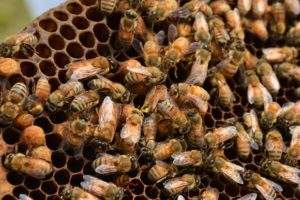
1. Ventilated Suit – https://amzn.to/2D1hJBu
(NEW) Ventilated Jacket – https://amzn.to/2Av6piJ
2. Beekeeper YKK Suit Combo – https://amzn.to/2Xk3xLz
3. Beekeeper Journal – https://bit.ly/3xXxFl2
4. YKK Suit – https://amzn.to/2IDJALO
5. Beekeeper Jacket – https://amzn.to/2FirwTW
6. Beekeeping Gloves:
– Goatskin Beekeeping Gloves – https://amzn.to/2GYxBZW
– Cow Leather Beekeeping Gloves – https://amzn.to/2uiSExd
7. Queen Marking Kit – https://amzn.to/2Wm1kCw
– Queen Marking Pens – https://amzn.to/3c4vE8y
–Queen Marking Cage – https://amzn.to/2TDwwdQ
